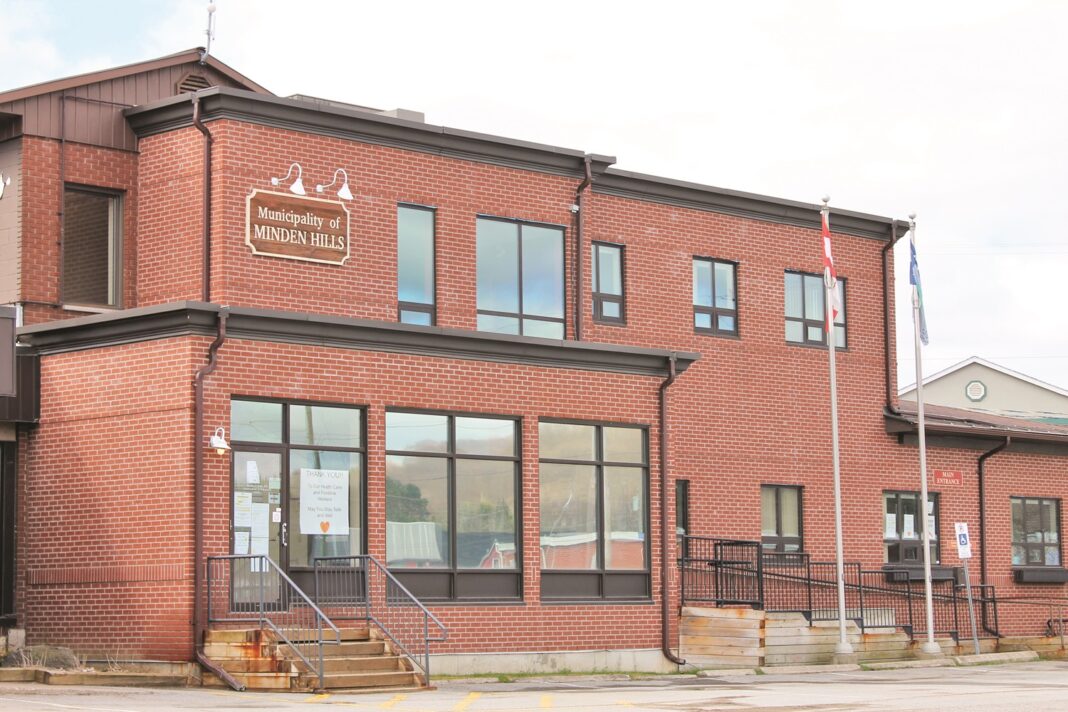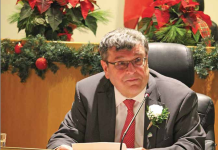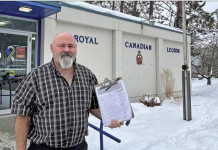If Minden Hills had to replace all of its assets, they’d be worth nearly $307 million, consultants Watson & Associate Economists Ltd. told council Jan. 9.
In a report to last week’s council meeting, they said transportation assets are the biggest ticket items, at $205 million. That includes more than 270 kilometres of roads; 14 vehicle bridges, three footbridges, and one structural culvert.
That’s followed by facilities at nearly $47 million, and includes 26 structures (excluding water and wastewater), such as the municipal office, public works facilities, the arena, fire hall and others.
Next up is wastewater assets of $28.4 million; and water assets of more than $18 million. That includes water and wastewater mains, water and wastewater treatment plants.
Fleet and equipment come in at $8 million, with 35 vehicles, trailers, playground equipment etc.
CAO Cynthia Fletcher said having an updated asset management plan is “a major milestone” for the township.
“We have been without an up-to- date asset management plan for quite some time. This brings us into compliance for our requirements for 2024 and allows us to go after some available funding,” she said.
Director of finance, Wendelin Lonergan, added there is still work to be done to be compliant for July 1, 2025. She said the asset management plan would be a living document, “going forward in conjunction with budgeting, not just something that sits on a shelf. It will help with grant funding in the future to highlight where any deficiencies may be in our assets in the township.”
Peter Simcisko presented on behalf of Watson and Associate, also providing an assessment of what kind of shape the assets are in.
He said asphalt roads are good, while gravel and surface treatment are fair. Structures are rated as poor for local bridges, but fair for collector bridges, footbridges and culvert.
Water, wastewater, facilities, fleet and equipment are all in fair shape.
Simcisko said that indicates “while the assets are still certainly operational and generally able to meet functional requirements, they are on average reaching the point where replacement or rehabilitation may be needed.”
As a result, he suggested the township spend an average of $7.3 million a year over the next 10 years on assets, with the largest chunk being $5.2 million for roads. He noted that is a preliminary estimate and does not reflect proposed levels of service. They’ll be working with staff on priorities over the next number of months.
“Ultimately, asset management planning at a very high level comes down to this need to balance a desired or proposed level of service with the costs of both achieving and then maintaining that level of service,” Simcisko said. The final asset management plan will be presented to council in June 2025.
Lonergan said a lot of the data is only up to 2021 and there have been investments since then that will be captured in the final report, so the “numbers might look scary at first blush, but this is normal across most municipalities in the province. If we are able to obtain some good grant dollars going forward these numbers will come down quite significantly.”
Coun. Pam Sayne said “this does open us up now for grants to get a lot of these things done and I greatly appreciate that we’ve gotten this far.”
“This is a work in progress that will be continuing,” Lonergan said.





